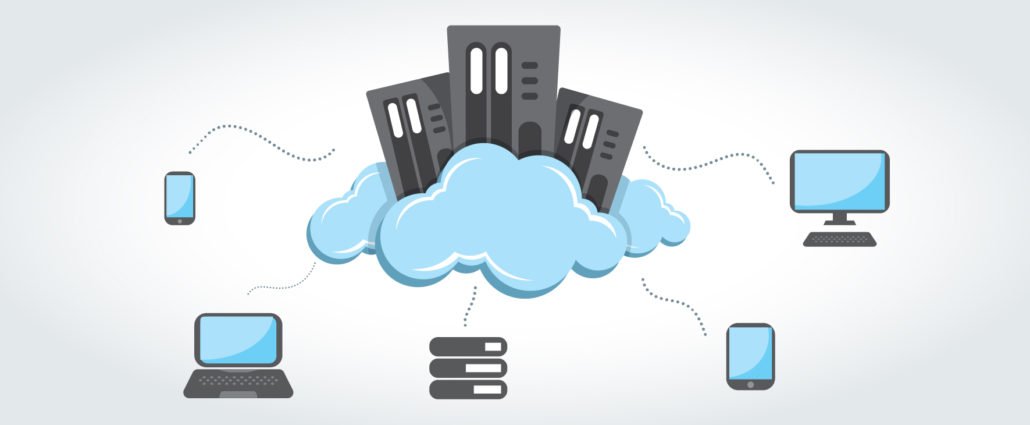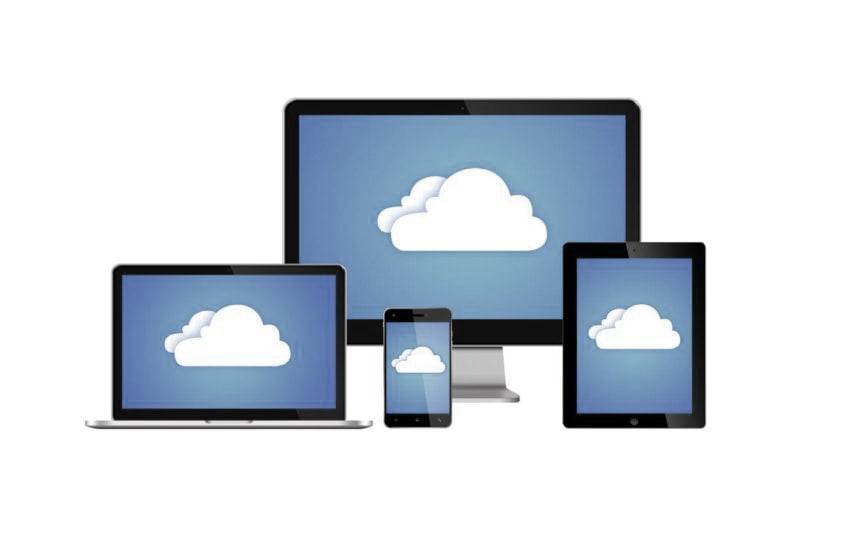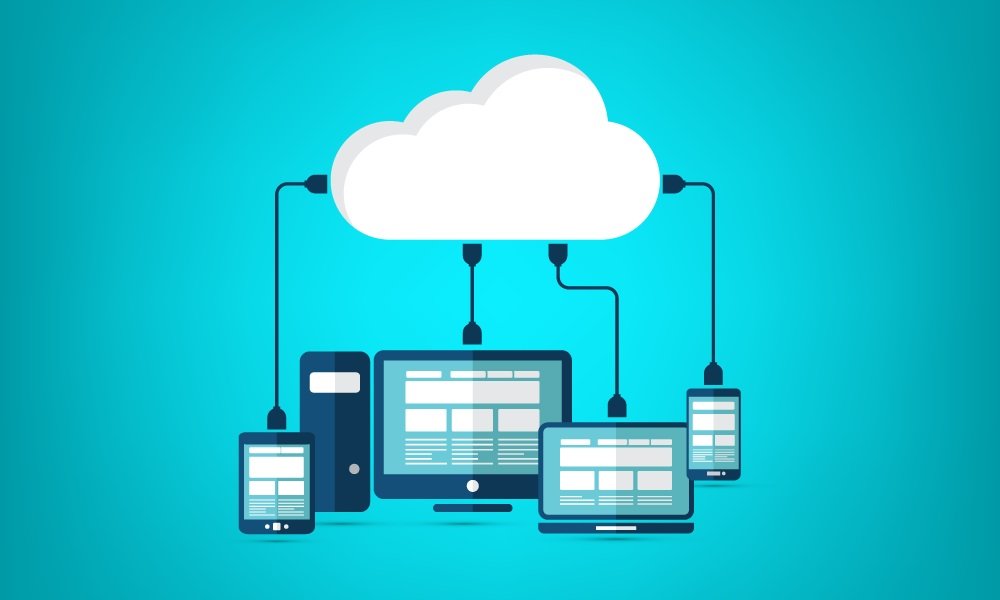Today we are going to explain what VDI is and the difference between VPN. We have many tools at our disposal with which we can improve privacy on the network and also remotely access systems and equipment without compromising security.
In this article, we are going to talk about what VDI means and how it differs from VPN. Both solutions can be used for home office, something that has recently gained a lot of importance among people who work. It should be noted that our personal data is really important, so it is crucial to keep it secure. However, there are differences between these two options.
What is VDI, what does it mean?
VDI stands for virtual desktop infrastructure. It allows hosting desktop environments on a central server. Basically, we can say that it is a form of desktop virtualization. Desktop images are run on virtual machines and delivered to end clients on a network. We can say that those end terminals can be a computer, tablets, mobile devices or any other.

There are different characteristics that are common in a VDI. Virtual desktops are present in virtual machines on a centralized server. In addition, each desktop includes an image of an operating system, which can be Windows. These virtual machines are based on hosts and the end clients have to remain constantly connected to that centrally managed server.
Therefore, we can say that with a VDI each user will have his own dedicated system with the ability to be configured in a customized way according to his interests. Through the client software, they will be able to access the desktop from anywhere and at any time. Hence it is very useful for home office. But it is necessary to have certain programs and services.
How a VDI works?
A user logs on to the desktop through the software we have mentioned, the connection agent authenticates the user and accepts the connection. As we can see, at first glance we can see that there are differences with respect to a virtual private network.
The same connection broker analyzes the request and sends the user to the corresponding desktop. Virtual machines are created on the servers where this desktop is hosted.
It must be taken into account that the administrator could turn off this virtual desktop when the user is not using it. This allows more users to take advantage of the maximum capacity of that server.
Advantages of a VDI
As is usually the case with all types of services or applications, there are different positive and negative aspects to take into account. Let’s see what are the main advantages that we can find when using a VDI:
- Access: Undoubtedly one of the main advantages is to be able to access from anywhere and at any time. Having this possibility opens up a wide range of options for users working remotely, for example.
- Security: Security is also a factor that is present in a VDI. Data is stored in encrypted form, without worrying about possible losses or leaks. This is something very important that we must always take care of.
- Multiple devices: It is possible to access a VDI from different types of devices. The desktop is not tied to specific hardware, so we can access it from any computer, anywhere.
- Reduced costs: We must also take into account that it means cost savings. We have a system in the cloud, which eliminates the cost of hardware.
Differences between VDI and VPN
VPN tools are widely used and are available on all types of operating systems. They have also become very important for home office workers in recent times. However, we will now describe the main differences between a VDI and a VPN.
- Processing: One of the most marked differences is that the processing in a VPN is carried out on the user’s own device. This can occur on a computer or phone where it has been installed.
- Cost: There are also differences in terms of cost. In the case of a VPN, it is lower, since it requires a minimum of hardware and can take advantage of the hardware available on most phones or computers. This can be an important difference for many users.

- Configuration: A differential point is a difficulty in correctly configuring a VDI and VPN. In the first case, it is necessary to use many different virtual machines and thus be able to support the user base. A VPN is simpler, more suited to home users who do not have a great deal of knowledge.
- Troubleshooting: In general, VDIs are less agile in terms of troubleshooting. Also to correct vulnerabilities and launch patches.
- Applications: In VDIs the applications are already installed on the remote desktop, while in the VPN we would have to install them on the system.
As we can see, both cases are widely used for home offices. They are very useful nowadays and are increasingly being used by more and more users. We live in an era in which our privacy is very important. Our data has a great value in the network and can be used by hackers to carry out attacks, send us targeted advertising, etc. All this means that we must always keep our privacy safe and not make mistakes that put us at risk. This is something we should apply to all types of devices and operating systems we are using.





